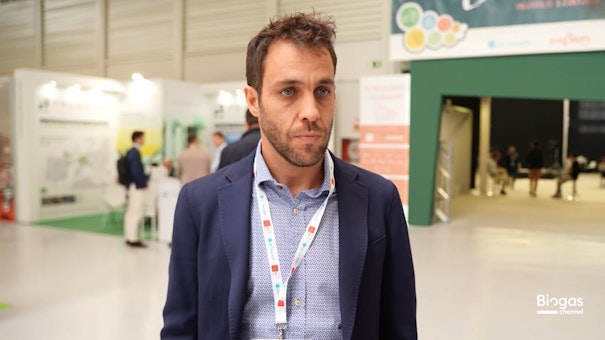10.20.2025
Managing winemaking residues for biogas production
Anaerobic digestion
Cynthia Alcántara, R&D Director at KEPLER, Ingeniería y Ecogestión – a company specializing in engineering and sustainable management of industrial processes – explains how the wine industry generates three main types of residues: lees, grape skins, and stalks.
Lees, when stored under aerobic conditions, undergo a natural fermentation that makes them easily digestible in anaerobic digesters.
Grape skins, on the other hand, need to be protected from fungi and degradation, by covering or insulating them.
Defining storage conditions from the early stages of the project and analyzing the residues allows for optimized energy recovery and facilitates the logistics and operational management of the plant.
Original language: Spanish
Origin: Spain
Speaker
Cynthia Alcántara
R&D Director, KEPLER, Ingeniería y Ecogestión
Next videos
01:51

11.19.2025
Digestate management: A challenge not to underestimate
Carlos Esteban
01:22

10.30.2025
Digestato Valorízate project: recovery and reuse of digestate
Jordi Pous
00:42

7.4.2025
Proper use of digestate and data analysis: Cooperativa Speranza’s sustainable recipe
Serena Vanzetti
01:39

6.12.2025
Turning digestate into value? It starts with data
Manuela Rancati
